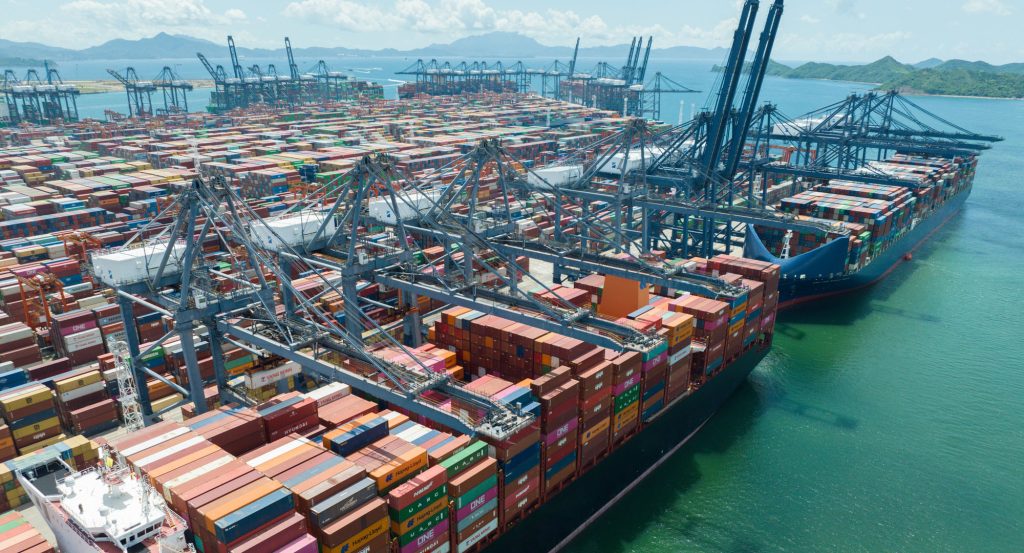Container shipping is facing a supply-demand imbalance that may last through 2029, according to Linerlytica. With record levels of new tonnage entering service from Asian shipyards amid a slowing global economy, it is anticipated that this will negatively impact earnings.
Linerlytica’s recent report forecasts that fleet expansion will continue to outpace demand, and this projection does not factor in the Red Sea crisis. Should vessels shift back from the Cape route to the Red Sea, effective supply could increase by an additional 7%, further intensifying oversupply.
The International Monetary Fund (IMF), in its July 2025 World Economic Outlook, anticipates global trade growth at 3.5% in 2025. However, this is expected to drop sharply to 1.9% in 2026 as the impact of cargo front-loading diminishes.
Commenting on the IMF report, analysts at Sea-Intelligence highlight a “significant whiplash risk” facing container shipping, predicting a period of “high uncertainty and volatility” ahead. The possibility of a sudden demand slump in 2026 stands out as a primary concern.
The outlook for the second half of 2025 appears muted, shaped by ongoing trade uncertainties, lackluster demand, and an oversupplied market. Japan’s Ocean Network Express has already lowered its full-year projections, and other ocean carriers are likely to follow suit.
The Shanghai Containerized Freight Index has fallen for eight consecutive weeks, while the planned rate increases by ocean carriers in August have failed to materialize. Sea-Intelligence notes that the brief rate spike in June has already faded, and that peak season demand is expected to remain flat or weak.
In a worst-case scenario, August volumes could fall by as much as -26% year-on-year. Even if U.S. importers advance orders before China’s Golden Week. Any resulting surge is expected to be short-lived.
Source: splash247.com, Linerlytica

